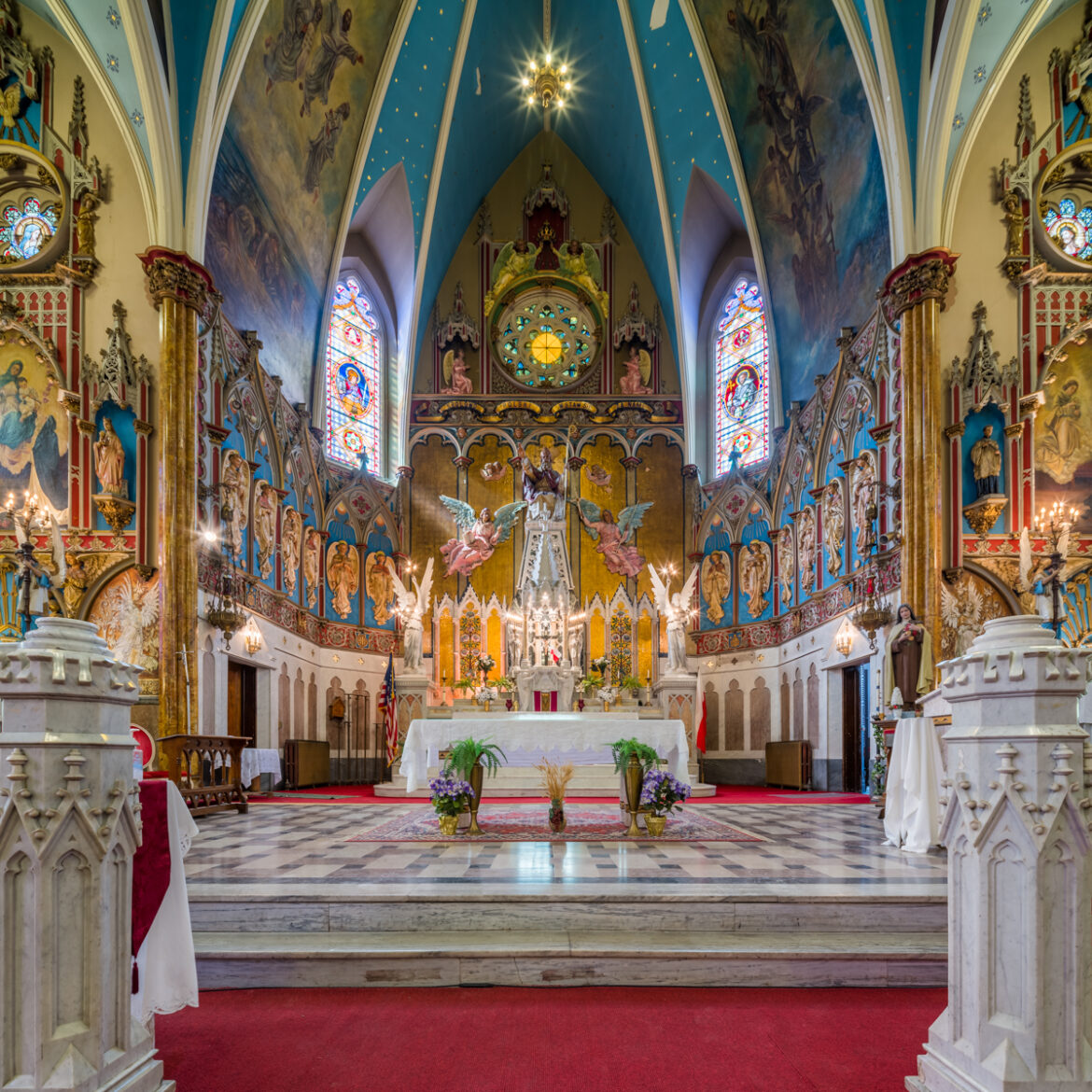The Church of England stands as a unique entity within the vast tapestry of Christian traditions. Often referred to as the Anglican Church, it occupies a distinct space between Roman Catholicism and Protestantism. But what is it, exactly, and how does it reconcile seemingly divergent theological positions? This inquiry invites us not only to explore the historical context of the Church but also to ponder its contemporary implications for believers and society alike.
To embark upon this exploration, one must first consider the Church’s origins. Founded in the 16th century during the English Reformation, the Church of England emerged as a direct response to the complex interplay of political, social, and theological currents of its time. The primary catalyst was King Henry VIII’s desire to annul his marriage to Catherine of Aragon, which was denied by Pope Clement VII. Frustrated, Henry proclaimed himself the Supreme Head of the Church of England, thus initiating a schism with the Roman Catholic Church. This act was less about theology and more a reflection of personal and political expedience, yet it set the stage for the development of a distinct religious identity.
At its core, the Church of England is characterized by its pursuit of a middle way, or via media. This mediating position attempts to harmonize the reverence of tradition found within Catholicism with the reformed ethos of Protestantism. Consequently, Anglicans typically embrace a liturgical worship style reminiscent of Catholic practices, such as the celebration of the Eucharist. Concurrently, they emphasize scriptural authority and personal faith, aligning them more closely with Reformed Protestant beliefs. This duality poses an intriguing question: can an entity effectively embody characteristics that, at first glance, seem irreconcilable?
The Anglican ethos manifests through its foundational document, the Book of Common Prayer, first compiled in 1549. This liturgical text serves not merely as a guide for worship but also as a unifying framework for the theological and spiritual practices across the diverse Anglican Communion. The Prayer Book incorporates elements of Catholic liturgy while simultaneously allowing for adaptations that reflect the Reformed tradition’s emphasis on the role of Scripture. This blend poses yet another challenge: how can a tradition maintain coherence in the face of such diversity?
In grappling with this challenge, one notes the importance of the 39 Articles of Religion, another essential tenet of Anglican doctrine. Ratified in 1571, these articles articulate the Church’s stance on critical theological issues, including justification, sacraments, and ecclesiology. Yet, unlike confessional documents of other traditions, the Articles promote a spirit of debate and inquiry. This openness is reflective of a broader commitment to include various theological perspectives, fostering an intellectual curiosity that has marked Anglican history from its inception.
At present, the Church of England continues to face challenges that test its commitment to inclusivity and theological diversity. The debates around human sexuality, particularly the ordination of LGBTQ+ individuals and same-sex marriage, have ignited fervent discussions and dissent within the Communion. These contemporary issues compel the Church to revisit its historical narrative and grapple with the implications of an evolving society. The Church’s response may prompt one to muse: does fidelity to tradition compromise the call to love and accept all individuals, or is it a necessary safeguard for maintaining theological integrity?
Furthermore, the role of the Church in the public sphere warrants consideration. Historically, the Church of England has held a privileged position, serving as the established church in England. This status not only shapes the relationship between church and state but also influences the Church’s mission and outreach. It prompts a critical reflection on the Church’s responsibilities in addressing social injustices and advocating for the marginalized. Can a Church, steeped in tradition, be an agent of change in a rapidly evolving cultural landscape?
The Anglican Communion, which extends beyond England to encompass provinces worldwide, introduces an additional layer of complexity. Each province often embodies different cultural and local expressions of faith, yielding a rich tapestry of worship, theology, and social concerns. This diversity captures the essence of what it means to be Anglican, yet it also raises questions of authority and governance within the larger Communion. How can unity be achieved amidst such variance without sacrificing individuality?
The Church of England possesses a unique ability to engage critically with cultural shifts while remaining anchored in its historical traditions. The interplay of its heritage and contemporary challenges showcases a dynamic faith that is not afraid to question, adapt, and grow. As Anglicans navigate the intricate landscapes of belief and practice, they are continually called back to the heart of their faith: love for God and neighbor.
In conclusion, the Church of England exemplifies a complex fusion of historical depth and modern relevance. The questions it poses—balancing tradition with innovation, unity with diversity—mirror the challenges faced by Christians across the globe. The Church’s journey encapsulates the essence of Christian faith: a perpetual quest for understanding, reconciliation, and love. As believers engage with these inquiries, they contribute to a broader dialogue that reflects the ongoing evolution of faith in an ever-changing world.



